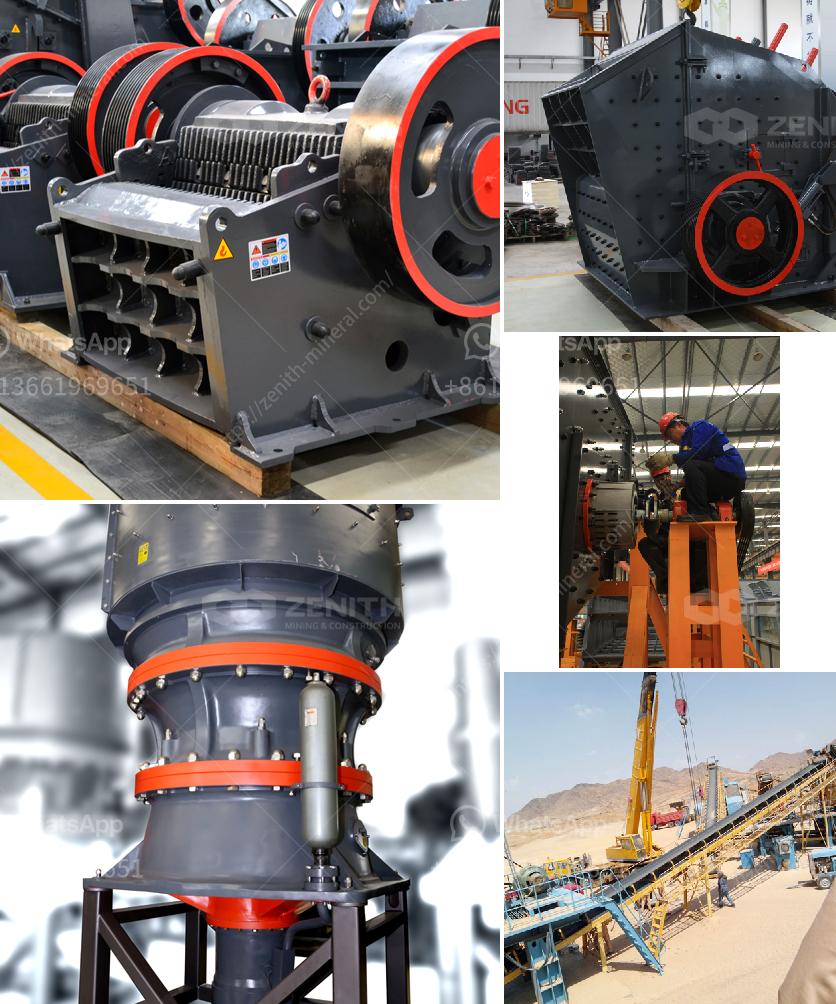Wet process cement is a method of manufacturing cement where raw materials are mixed with water to form a slurry. Here's a brief overview of the process:
Raw Material Preparation: Limestone, clay, and other materials are crushed and mixed with water to create a slurry with a high water content.
Grinding and Blending: The slurry is then finely ground in a mill to achieve a uniform consistency.
Kiln Phase: The finely ground slurry is fed into a rotary kiln. As the kiln rotates, the slurry passes through various temperature zones, leading to chemical reactions that form clinker, the primary component of cement.
Clinker Cooling: The hot clinker exiting the kiln is rapidly cooled to preserve its reactive properties.
Grinding and Final Production: The cooled clinker is mixed with gypsum and ground into a fine powder, creating the finished cement.
The wet process is energy-intensive due to the need to evaporate the water in the slurry during the kiln phase. Despite this, it allows for precise control over the chemical composition of the raw mix, which can result in a higher quality end product. However, this method has largely been replaced by the more energy-efficient dry process in modern cement production.
